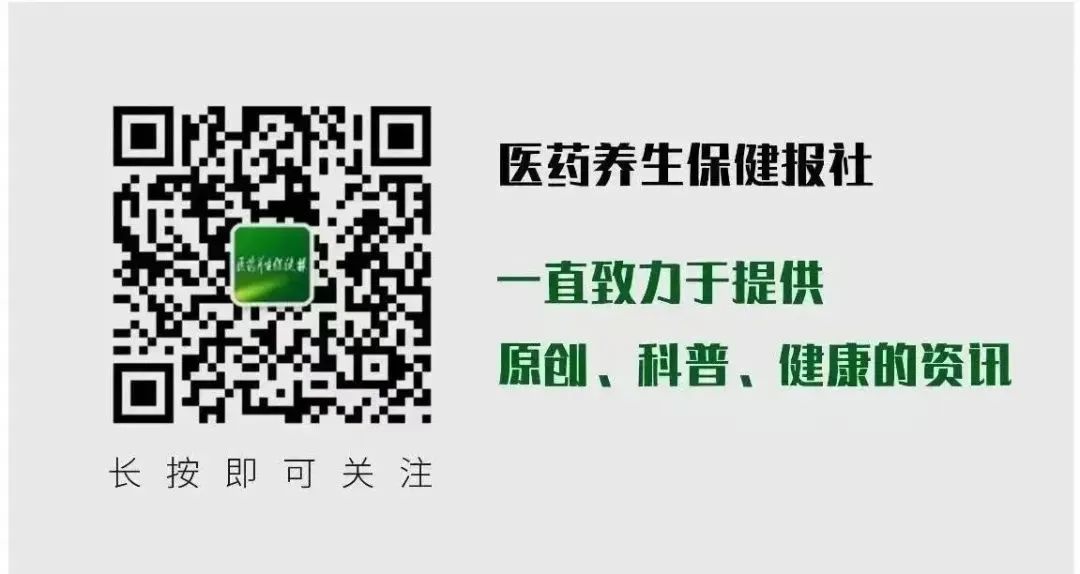Lung cancer is one of the most common malignant tumors in China, posing a serious threat to human health and life. The biological characteristics of lung cancer are very complex, with a high degree of malignancy. Traditional Chinese Medicine (TCM) plays an indispensable role in the treatment of lung cancer, with a history of thousands of years in treating tumors, forming a unique theoretical system that advocates treating the root cause of diseases, holistic conditioning, multi-faceted approaches, and systemic treatment. The characteristics of TCM in treating tumors include multi-component, multi-target, and multi-pathway approaches, emphasizing not only the elimination of evil and tumor but also the improvement of the patient’s overall condition, focusing on the person in treatment, and enhancing the quality of life to achieve a state of “living with tumors”.

1. TCM Understanding of Lung Cancer.
TCM theory holds that the occurrence of lung cancer is the result of the combined action of internal and external factors.
(1) Internal factors mainly include deficiency of righteous Qi, which encompasses dysfunction of the organs and imbalance of Qi and blood.
(2) External factors include air pollution, smoking, dust, and other harmful substances. The deficiency of righteous Qi leads to a decline in the body’s defense capabilities, allowing external evils to invade, resulting in the accumulation of pathological products such as phlegm-heat, phlegm-dampness, and phlegm-toxins in the lungs, obstructing the lung pathways, causing lung Qi to rebel, and ultimately leading to Qi stagnation and blood stasis, as well as the aggregation of phlegm and toxins, culminating in lung cancer.
(3) This disease is generally characterized by deficiency overall and excess locally, with deficiency of righteous Qi as the root and excess of evil as the manifestation. In the early stages of lung cancer, the focus is on excess evil, and treatment should aim to invigorate Qi, promote blood circulation, dissolve stasis, soften hardness, and clear heat and resolve phlegm. For late-stage lung cancer, the focus is on deficiency of righteous Qi, and treatment should aim to support righteousness and expel evil, employing methods such as nourishing Yin and clearing heat, detoxifying and dissipating masses, as well as tonifying Qi and nourishing Yin, and clearing phlegm-heat. Clinically, treatment should also be adjusted according to the interplay of deficiency and excess and the specific conditions of each patient, addressing the urgency of the root and branch. Due to the deficiency of righteous Qi in lung cancer patients and their low anti-cancer capacity, it is crucial to maintain righteous Qi and protect the stomach Qi throughout the treatment process, adhering to the principle of supporting righteousness and combating cancer.
2. The Role of Harmonizing Qi and Blood in Lung Cancer Treatment.
Qi and blood are the fundamental substances that sustain life activities and ensure the normal functioning of the organs. TCM believes that lung cancer patients often experience disharmony of Qi and blood, manifested as pallor, fatigue, chest tightness, and shortness of breath. Therefore, harmonizing Qi and blood is one of the important principles in treating lung cancer.
(1) Tonifying Qi and Nourishing Blood: Lung cancer patients often experience Qi and blood deficiency and insufficient Yin fluids due to prolonged consumption. Tonifying Qi and nourishing blood can enhance the body’s immunity and improve the patient’s ability to resist disease. In clinical treatment, it is important to note that “deficiency does not accept tonification”; thus, tonifying Qi should not be overly warming to prevent excess tonification from generating internal heat. Chinese herbs such as Ren Shen (Ginseng) and Huang Qi (Astragalus) are excellent for tonifying Qi, often combined with fried Shan Yao (Chinese Yam), Dang Gui (Angelica), and Ji Xue Teng (Spatholobus) to tonify Qi, nourish blood, and support the foundation.
(2) Invigorating Blood and Resolving Stasis: With insufficient righteous Qi, evil toxins invade, stagnating in the lungs, obstructing Qi flow, and impeding blood circulation, leading to phlegm turbidity obstructing the lungs, further aggravating blood stasis and creating a vicious cycle of phlegm and stasis. Chinese herbs that invigorate blood and resolve stasis can improve local blood circulation, promote the absorption of lesions, and alleviate patient discomfort, commonly using herbs like Ze Lan (Lycopus), Gui Jian Yu (Cynanchum), and Dan Shen (Salvia).
3. The Application of Supporting Righteousness and Expelling Evil in Lung Cancer Treatment.
Supporting righteousness and expelling evil is one of the fundamental principles of TCM in treating diseases and an important strategy in lung cancer treatment. Supporting righteousness means enhancing the body’s righteous Qi and improving disease resistance; expelling evil means removing pathogenic evils from the body, including phlegm-heat, phlegm-dampness, and stasis-toxins.
(1) Supporting Righteousness: Lung cancer patients with deficiency of righteous Qi need to enhance their constitution through tonification. For patients with lung and spleen Qi deficiency, herbs like Dang Shen (Codonopsis), Bai Zhu (Atractylodes), and Fu Ling (Poria) can be used to strengthen the spleen and benefit the lungs; for patients with lung Yin deficiency, herbs like Sha Shen (Adenophora), Mai Dong (Ophiopogon), and Bai He (Lily) can be used to nourish Yin and moisten the lungs. However, Yin-nourishing herbs should not be overly cloying to prevent dampness and phlegm. Patients with chronic illness may experience Qi distress, leading to manifestations of “kidney not receiving Qi” from the lungs and kidneys, and can add herbs like Tu Si Zi (Cuscuta), Rou Cong Rong (Cistanche), and Bu Gu Zhi (Psoralea) for simultaneous treatment of the lungs and kidneys.
(2) Expelling Evil: Expelling evil is a key aspect of lung cancer treatment. Depending on the patient’s specific condition and the nature of the pathogenic evil, methods such as resolving phlegm, clearing heat, and detoxifying can be employed. For patients with phlegm-damp obstruction of the lungs, herbs like Ban Xia (Pinellia), Chen Pi (Citrus Peel), and Fu Ling (Poria) can be used to resolve phlegm and expel dampness; for patients with phlegm-heat obstructing the lungs, herbs like Huang Qin (Scutellaria), Sang Bai Pi (Mulberry Bark), and Gua Lou (Trichosanthes) can be used to clear heat and resolve phlegm; for patients with heat-toxins and stasis, herbs like Ban Zhi Lian (Scutellaria), Bai Hua She She Cao (Hedyotis), Long Kui (Solanum), Tiang Li Gen (Smilax), and Pu Gong Ying (Dandelion) can be used to promote Qi, resolve stasis, and detoxify. The above treatments should be tailored to the patient’s specific condition, with individualized prescriptions, clarifying the primary and secondary aspects, and balancing the relationship between the overall and local conditions, as well as the severity of the disease, to adjust the body’s Yin and Yang, Qi and blood, and organ functions, achieving the goal of supporting righteousness and expelling evil.
4. Advantages of TCM in Treating Lung Cancer.
The invasion and metastasis of tumors are challenging issues in both the foundational and clinical treatment of tumors, and combating tumor cell metastasis is a key factor determining tumor prognosis. Tonic Chinese herbs can enhance the activity of immune T cells, LAK, NK, and other active cells against metastatic cells in the bloodstream, promoting the body’s humoral immunity and increasing the surveillance and clearance of metastatic tumor cells.
Lung cancer, as a severe malignant tumor, requires a comprehensive application of various methods for treatment. TCM has its unique advantages and roles in treating lung cancer. Through methods such as harmonizing Qi and blood, supporting righteousness and expelling evil, it can improve patient symptoms, reduce the toxic side effects of chemotherapy and radiotherapy, enhance patient tolerance, and improve quality of life. Additionally, patients should maintain a positive and optimistic mindset during treatment, pay attention to dietary conditioning and emotional regulation to enhance treatment efficacy and quality of life.
Author: Xiang Yajie, TCM Department, Yantai Beihai Hospital
Editor: Li Yaqin, Li Shuo Ran
Reviewer: Jiang Feng


Long press the QR code
Join the “Dr. Jiang Q&A” reader group
Share and exchange professional and interesting health knowledge
Previous Recommendations
●Children with sore throats and hoarseness: A guide to proper care for acute laryngitis
●Rehabilitation strategies for hemiplegia to regain confidence in life!
●Medication use during pregnancy: Understanding, prevention, and coping strategies

If you find the content good, please give me a “thumbs up”!


